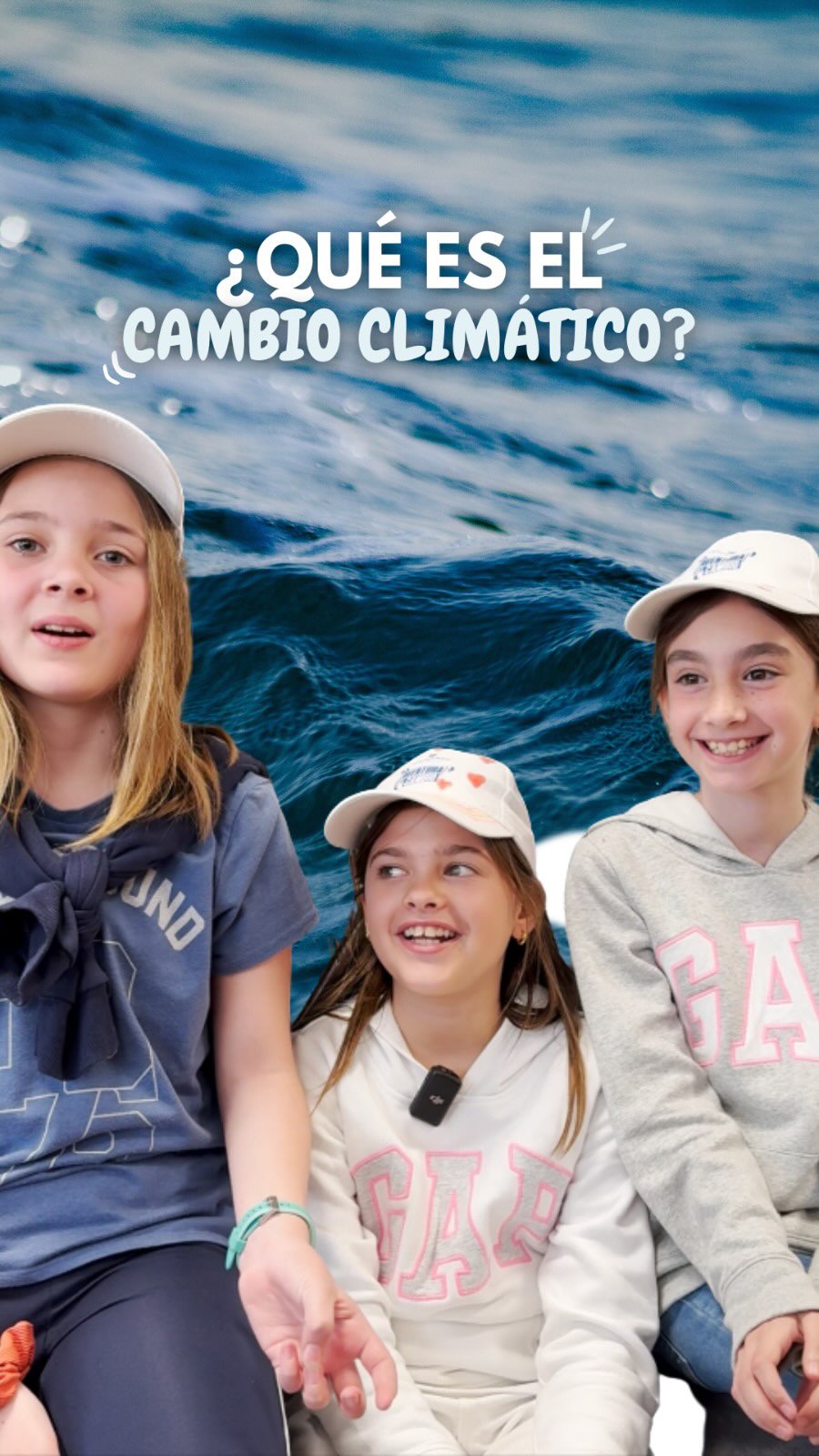- Climate change is a significant alteration in weather patterns over time due to both natural processes and human activities.
- Human activities, primarily the burning of fossil fuels, increase greenhouse gas emissions, leading to global warming.
- Ecosystems and biodiversity are affected, resulting in habitat changes, species extinction, and altered food chains.
- Mitigation and adaptation strategies are crucial to tackling climate change and minimizing its impacts.
- Public education and proactive policies are essential for fostering a sustainable future.
Climate change represents a profound shift in global weather patterns, often spurred by both natural processes and anthropogenic activities. It is not a transient phenomenon but a sustained change that reflects significant implications for the environment, biodiversity, and human society. Understanding this phenomenon is critical for devising effective strategies to manage its impacts and ensure a resilient future for all life forms on Earth.
Human activities have exacerbated climate change, primarily through the release of greenhouse gases like carbon dioxide, methane, and nitrous oxide. These emissions result primarily from burning fossil fuels for energy, deforestation, and industrial processes. These gases trap heat in the atmosphere, causing the global temperatures to rise—a phenomenon commonly referred to as global warming.
This warming has widespread impacts on ecosystems and biodiversity. As temperatures rise, habitats can alter dramatically, forcing species to adapt, migrate, or face extinction. Polar regions experience significant ice melt, affecting species reliant on ice-covered landscapes. Oceanic changes, such as coral bleaching, disrupt marine life and food webs. On land, shifts in vegetation zones push wildlife into new habitats, impacting food availability and species interactions.
Addressing climate change demands robust mitigation and adaptation strategies. Mitigation involves reducing the amount of greenhouse gases released, which can be achieved by transitioning to renewable energy sources and enhancing energy efficiency. Adaptation, on the other hand, refers to adjusting practices, processes, and structures to minimize the damage caused by climate change impacts. This might include building sea walls to protect against rising sea levels, or shifting agricultural practices to cope with changing weather patterns.
Public education and awareness play a pivotal role in climate change mitigation. By educating communities about the significance of reducing carbon footprints and adopting sustainable practices, individuals and businesses can contribute to collective efforts to slow down climate change. Policy-making is equally important; governments must enforce policies that promote sustainable development, encourage green technologies, and protect natural habitats.
Collaborative global efforts are essential to confront and manage the impacts of climate change. International agreements like the Paris Agreement aim to unite countries towards common goals of reducing emissions and supporting climate resilience initiatives. By working together, nations can share technology, resources, and knowledge to tackle this universal challenge.
In conclusion, climate change is a critical issue with profound implications for the planet’s ecosystems and biodiversity. While human activities have significantly contributed to this phenomenon, they also hold the key to mitigating its impacts through strategic actions, education, and international cooperation. By understanding the challenges posed by climate change, we can work towards a sustainable and resilient future, ensuring the preservation of life on Earth.
*****
Source Description
🧐🌏 ¿Qué es el cambio climático?
💙 El año pasado, nuestr@s peques de la volvieron a casa convertid@s en verdaderos Héroes del Cambio. Y en este vídeo te lo demuestran 😏.
✨ ¡Últimas plazas disponibles para este año en nuestra web! 🚀


